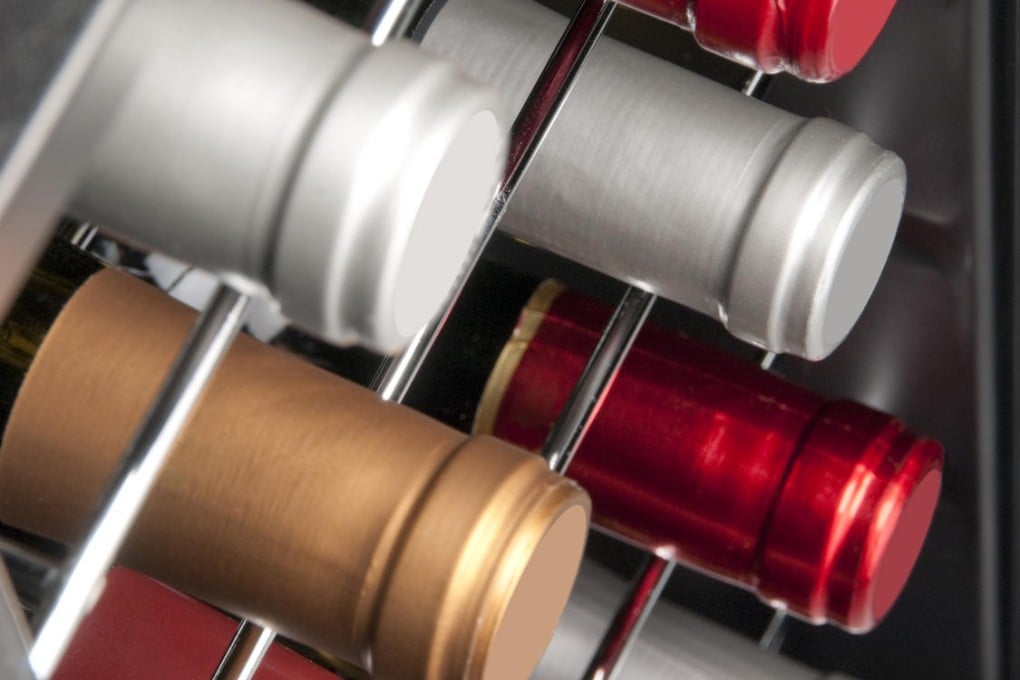Tips and tricks for would-be wine collectors
The prerequisite for being a wine collector is simply the act of accumulating bottles for later consumption. A Rolls-Royce is not required; however, a genuine enjoyment of wine is. My suggestions relate to wine collecting for drinking; those investing for profit will find no lack of advice elsewhere.

In the popular imagination, the archetypal wine collector is a creature of Harris tweeds, leather club chairs and crystal decanters, laced together with a whiff of Cuban cigar. To the wine sceptic, wine collecting has its own whiff - of elitism, decadence and, above all, great expense.
This very much needn't be the case. The prerequisite for being a wine collector is simply the act of accumulating bottles for later consumption. A Rolls-Royce is not required; however, a genuine enjoyment of wine is. My suggestions relate to wine collecting for drinking; those investing for profit will find no lack of advice elsewhere.
One caveat to this simple definition of wine collector is that collecting should be intentional. At the end of university, I had to admit to myself that the 20 or so heat-damaged bottles gathered in my cabinets over four years of parties didn't really amount to a collection.
More intrinsically, wines should be chosen that will evolve positively over time. On the one hand, this is a limited group. Most so-called "commercial" wines - that is, anything with a flashy label or a fanciful name of the Menage a Trois or Skinnygirl variety - are designed for instant consumption, a goal they usually fulfil admirably.
On the other hand, it is not nearly so limited a group as one might think. I recently enjoyed a toothsome, cedary 2006 from Bordeaux originally bought for HK$140, hardly bank-breaking for anyone intent on pursuing wine more seriously. I've had similar experiences with eight- to 10-year-old everyday reds from Italy, Spain and Portugal plus a handful from Washington state and Australia, almost always from "traditional" producers.
Does this apply equally to whites? Sadly no, most whites - particularly "aromatic" varieties such as gewurztraminer, muscat, viognier and sauvignon blanc - quickly lose their fragrant charm. Sauvignon blanc, in particular, will often exhibit a bouquet of skunk cabbage if left to slumber too long. However, riesling frequently pulls it out of the bag, even fairly inexpensive kabinetts (and even ones withcartoons on the label), layering a mineral topcoat over their base of crystal fruit. The greatest stunt of all is to stash away bottles of non-vintage champagne for a few years and watch them emerge, if not as Krug, then as something appreciably more toasty.